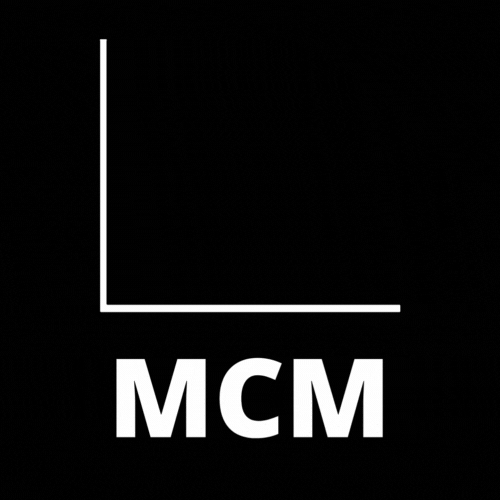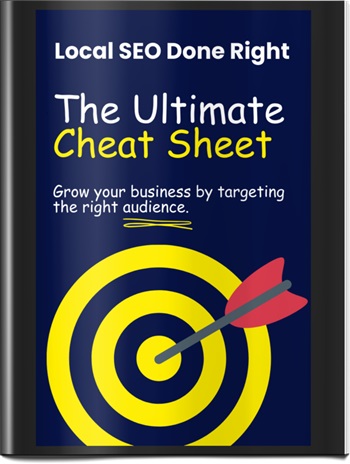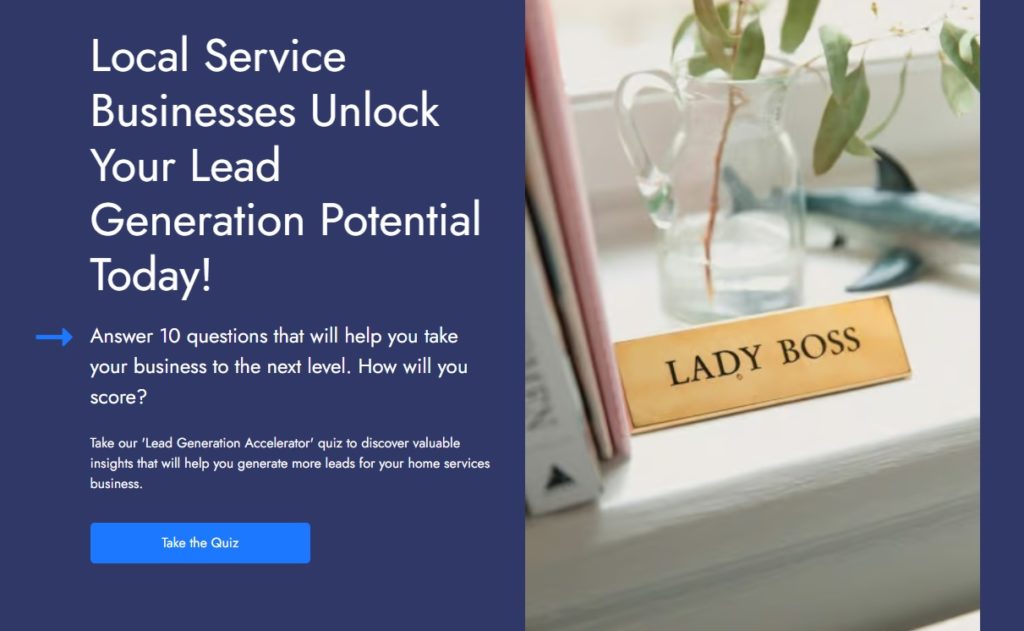Small Business Start Ups 8 Key Indicators for Market Success
Validating small business start ups is crucial to ensuring they don’t flop in the market. You may have an exciting idea, but before diving in, you need to confirm there’s real demand for your product or service.
In this guide, we break down the eight essential steps to help you identify market needs, understand your target audience, build an MVP, and refine your business model.
From conducting thorough research to gathering feedback and testing your concept in the real world, these steps will help you make smarter decisions, reduce risks, and increase your chances of success. Ready to validate your idea? Let’s get started.
Turning Ideas into Reality: The Importance of Validating Your Startup
So you’ve got a business idea—great! But before diving headfirst, it’s time to ask a few hard questions, because not every idea is destined to be the next big thing.
You know that gut feeling that tells you, “This is the one?” Well, unfortunately, excitement doesn’t pay the bills.
We’re talking cold, hard validation here—strategic steps that strip your idea down to its core, then build it back up with market data, customer insights, and brutal honesty.
Let’s break it down, but don’t be surprised if we go off course now and then—after all, validation isn’t a clean, straight line.
Need Help? Schedule A Free One On One Consult
We know that this may seem complicated. But you do what you do best (Running Your Business) and we do what we do best (creating and optimizing digital assets)
So You Can Concentrate on What You do Best.
So for some, the first question may be “What is the most successful small business to start”
When thinking about what is the most successful small business to start, the answer varies depending on current trends, market needs, and your personal skills.
However, some small businesses have consistently proven to be lucrative and adaptable. Service-based businesses, such as digital marketing agencies, personal coaching, or home repair services, often rank high on the list due to their lower startup costs and the constant demand for specialized skills.
These types of businesses can be started with minimal investment and can quickly grow with the right marketing and client relationships.
Another strong contender for what is the most successful small business to start is an online business.
E-commerce stores, selling anything from niche products to handmade goods, have become incredibly popular.
With platforms like Etsy, Amazon, and Shopify, setting up an online store has never been easier.
Whether you focus on a specific niche like eco-friendly products or custom designs, the ability to reach a global audience gives online stores a huge potential for success.
Additionally, consulting businesses, especially in areas like financial advising, social media management, or IT consulting, are highly profitable small businesses to start.
Entrepreneurs with specific expertise can build a client base relatively quickly, offering valuable insights to businesses that don’t have in-house expertise.
The key to figuring out what is the most successful small business to start is identifying where your skills meet a high-demand market, and executing it with a strong business model and strategy.

Defining the Problem (and Yes, It’s Probably More Complicated Than You Think)
Here’s the truth: not every problem is worth solving, and not every “solution” is as revolutionary as it seems when you’re scribbling notes at 2 AM. The first real step is to zero in on the problem you’re claiming to solve. But don’t just stop at the surface. Go deeper. Much deeper.
Think of it like being a detective in a mystery novel—except the crime here is a problem your future customers are grappling with. What’s that underlying pain they’re feeling? Is it just a minor annoyance or something that gnaws at them every day? Here are some key questions to guide you:
- What specific problem does your startup idea tackle?
- Are people desperate enough for a solution that they’ll actually throw money at it?
- Are there already a dozen solutions out there, and if so, is yours really that much better? Be honest. This isn’t a time for inflated confidence.
The clearer you get, the sharper your focus will be. If you’re working on a fitness app—because, let’s be real, we all know someone who thinks they’ve cracked the code on fitness apps—ask yourself, what’s the actual issue? Is it just about helping people get fit?
Spoiler: that’s not specific enough. How about targeting time-strapped professionals who can’t commit to an hour-long gym session? Now you’re onto something. A 10-minute high-intensity workout app for people who barely have time to breathe? Yeah, that’s clearer. And crucially, it’s a problem with real-world weight (pun intended).
Market Research—Is Anyone Besides You Interested?
Now, this is where things get real. It’s easy to get excited about your idea when it’s just you and a whiteboard. But out there in the real world? That’s where things can unravel fast.
Market research is the cold shower you didn’t ask for but desperately need. Time to find out if anyone—other than your mom or that one supportive friend—actually cares.
First off, who are these people that you imagine will love your product? Define your potential customers as if you’re writing a profile for a dating app. Who are they, really?
What gets them out of bed in the morning? What keeps them awake at night? Here’s what you need to know:
- Who are your customers? Are they millennials, Gen X, or Baby Boomers? Are they single parents, college students, retirees? Narrow it down.
- How big is this market? If you’re making a niche product for pet owners who also happen to be allergic to everything, it might be a smaller market than you’d hoped. But smaller markets can still be profitable if you target them right.
- What are the trends? Is this market growing, shrinking, or stagnating? For example, are fitness trends leaning more toward quick, efficient workouts or do people still crave those hour-long boot camps?
Next comes the juicy part: primary research. You can run surveys, conduct interviews, or organize focus groups—basically, get some actual feedback from real people.
And I mean real people, not your friends who are way too polite to tell you your idea sucks. You need brutal honesty here. The kind that stings but helps you grow.
For secondary research, you’ll want to dig through reports, case studies, and any other data you can get your hands on. Competitor analysis will also be key here—find out who’s already doing what you want to do and figure out if there’s a gap you can exploit.
Take, for instance, the meal delivery market. It’s a crowded space, but maybe you notice a growing number of busy parents and professionals desperate for healthy, ready-to-eat meals that don’t involve meal prepping or cooking.
That’s your opening. You don’t need to reinvent the wheel—just make the ride smoother.
Get Intimate With Your Target Audience—Like, Really Know Them
After your market research, you should have a much clearer idea of who your potential customers are.
Now, it’s time to turn them into fully fleshed-out characters—like actors in the screenplay of your startup story. These are your customer personas.
A customer persona is a detailed, semi-fictional representation of your ideal customer. We’re not just talking about demographics like age, income level, or gender (though those are important too).
Dig deeper into their habits, values, challenges, and buying behaviors.
Ask yourself:
- How old are they? Are they rocking yoga pants while picking up kids from daycare, or are they backpacking across Southeast Asia?
- What’s their lifestyle like? Are they gym rats or couch potatoes? Do they prefer Starbucks or local coffee shops with fair-trade beans?
- What specific problem are they facing, and how is it making their life miserable?
- What’s stopping them from solving this problem themselves, and why would they trust you to do it?
Creating these personas will help you speak directly to your target audience’s needs, desires, and pain points.
Suppose you’re launching a skincare line aimed at women who are concerned about environmental toxins. In that case, you might realize they’re not just looking for eco-friendly products
They’re also likely interested in sustainable packaging, cruelty-free testing, and brands with a strong ethical stance. Speak to those concerns in your messaging, and they’ll be more likely to give you a shot.

Build That MVP—Even if It’s Just Held Together With Duct Tape
So you’ve got a solid understanding of the problem, the market, and the audience. Great! Now it’s time to actually build something.
But don’t rush off trying to create the perfect version of your product—because guess what? You’ll probably get it wrong the first time.
That’s where the MVP (Minimum Viable Product) comes in. The MVP is the bare-bones version of your product—just functional enough to test with real users but not bogged down with all the bells and whistles. Why? Because the whole point is to get feedback and iterate.
Think of the MVP like a sketch—it’s not a finished masterpiece, but it gives you enough of an idea to see if you’re on the right track. Testing an MVP is crucial for figuring out:
- Is there real demand for this product?
- What’s working, and what’s a total mess?
- Are there any glaring usability issues that you missed in the initial design?
Here’s a real-world example: when Dropbox first launched, they didn’t have a fully functional app.
They had a demo video. That’s right—a video. The video alone was enough to gauge interest, collect feedback, and validate their idea before building out the full platform.
If your MVP is a software platform, like say, an app for freelancers to manage projects and invoices, you don’t need all the features right away.
Launch with the basics—enough to solve the core problem—and gather feedback. Users will tell you what’s missing, and that’s far more valuable than spending months developing features no one wants.
Figure Out How You’re Going to Make Money (Because This Isn’t a Charity)
Now, let’s talk money. Because even if you have the best idea on the planet, if you can’t make it profitable, it’s just a hobby.
You need to validate your business model just as much as your product.
Your business model is how you’re going to make money and sustain the business. Here’s what you need to figure out:
- Pricing strategy: How much can you charge? Too high, and no one buys. Too low, and you go broke.
- Costs: What are the expenses involved in running your business? Don’t just consider production—think marketing, distribution, staffing, and all the other hidden costs.
- Sales and distribution channels: How are you going to sell this thing? Through your own website? A third-party platform like Amazon? Direct-to-consumer via Instagram?
- Customer acquisition and retention: How much will it cost you to attract new customers? And how will you keep them coming back?
There’s no one-size-fits-all answer here. Maybe you go for a subscription model, where customers pay monthly for access to your service.
Or maybe you go for a one-time purchase with upsells on the backend. You need to test this out, and you’ll probably have to adjust your model over time.
If you’re launching an online course for small business owners, for instance, you might try out different pricing structures—maybe offering a subscription service or tiered pricing based on access to additional content.
You’ll want to experiment until you find the sweet spot that maximizes profit without alienating your customers.
How can a beginner start a business with no money?
Starting a business with little to no capital might seem impossible, but it’s more achievable than you might think.
If you’re asking, “How can a beginner start a business with no money?”, the first step is to focus on businesses that don’t require a large upfront investment.
Service-based businesses, for example, are a great option. You can leverage your skills in areas like freelance writing, graphic design, tutoring, or social media management, all of which can be started with minimal resources.
The beauty of service-based businesses is that they rely more on your expertise than on physical inventory or expensive equipment.
Another strategy for those wondering, “How can a beginner start a business with no money?”, is to use free or low-cost platforms to get your business off the ground.
For example, social media channels like Instagram, Facebook, and LinkedIn can be used to market your services or products for free.
If you’re looking to sell physical products but don’t have the funds to buy inventory, consider dropshipping. With dropshipping, you don’t need to purchase stock upfront; instead, you partner with a supplier who fulfills orders on your behalf.
This allows you to run an e-commerce business without the usual financial overhead.

Crowdfunding or Pre-Sales—Test the Market Before You Launch
Now, if you really want to put your idea to the test, why not try selling it before you even finish making it?
Crowdfunding campaigns or pre-sales are excellent ways to gauge market interest while generating early revenue.
Platforms like Kickstarter or Indiegogo allow you to pitch your idea to the masses and see if people are willing to put their money where their mouth is.
If you hit your funding goal, that’s a pretty good sign that there’s demand. If you don’t, well, at least you know early on that something’s off.
Pre-sales can work similarly. If you’re confident enough, offer your product or service to early adopters at a discount, even if it’s not fully developed.
That’s another strong signal of market demand, plus it gives you a little cash flow to keep building.
The Pebble smartwatch, for example, raised over $10 million on Kickstarter before they even shipped a product.
That’s some solid market validation.
Gather Feedback, Rinse, and Repeat
Your MVP is out in the wild, your crowdfunding campaign is over, and now the real work begins—listening. Gathering feedback is not a one-time event; it’s an ongoing process.
And the feedback you get will be your guide for future iterations.
Talk to your customers—real conversations. Send out surveys, set up interviews, read the comments (even the harsh ones).
You want to understand not just what your customers are saying, but why they’re saying it.
Feedback will help you refine your product, tweak your marketing, and maybe even discover an entirely new direction you hadn’t considered.
Remember, validation doesn’t stop once your product is live. Companies like Instagram, Netflix, and Amazon didn’t get to where they are by staying static.
They listened, they learned, and they evolved. And that’s what you need to do too.
Be Ready to Pivot—Your Idea Isn’t Set in Stone
Here’s a hard truth: sometimes your original idea just won’t work. And that’s okay.
Plenty of successful companies started out doing one thing, only to pivot to something entirely different based on what the market told them.
Instagram, for example, started as Burbn, a check-in app similar to Foursquare.
But after realizing that users were mostly just sharing photos, the founders pivoted to focus solely on photo sharing, and Instagram was born.
Pivoting doesn’t mean you failed—it means you’re adaptable. It means you’re paying attention to the market and willing to shift gears when necessary.
So don’t be afraid to change direction if the data and feedback are telling you it’s time.
The Journey Is Just Beginning
Validating a startup idea isn’t a one-time task—it’s an ongoing journey. From defining the problem to testing your MVP, from gathering feedback to possibly pivoting your business model, every step is designed to bring you closer to a product that people not only want but are willing to pay for.
Remember, validation is about removing assumptions and replacing them with facts. It’s about staying flexible, learning from your mistakes, and continuously refining your idea until it’s something the market can’t resist.
And if you’re ever feeling lost, just remember that every great business started as an idea that had to survive a gauntlet of trials, tests, and tweaks. With persistence, feedback, and a little bit of luck, yours could be next.
Need Help? Schedule A Free One On One Consult
We know that this may seem complicated. But you do what you do best (Running Your Business) and we do what we do best (creating and optimizing digital assets)
So You Can Concentrate on What You do Best.



